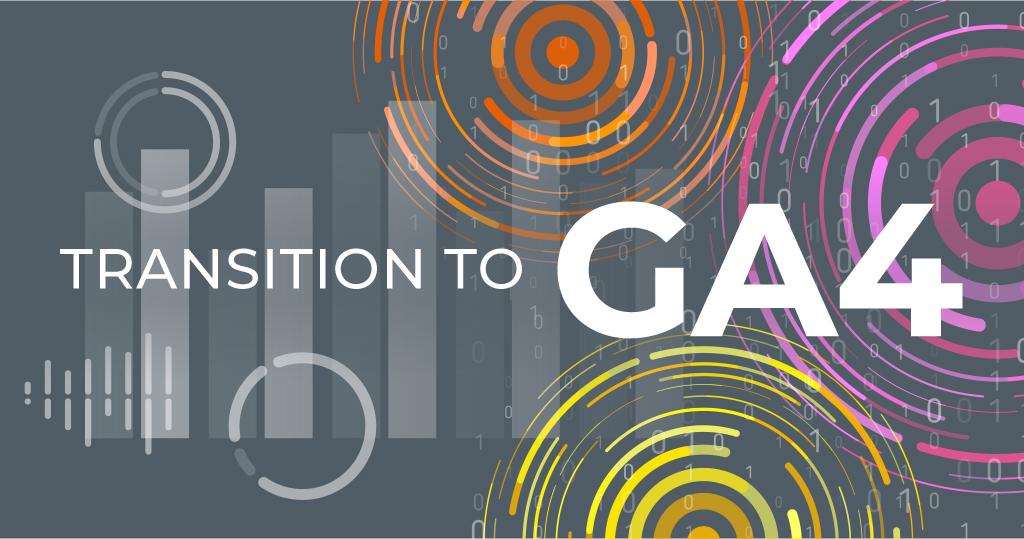GA4: What You Need to Know
12.13.22 · Cory Capps
On July 1, 2023, digital analytics as we know it will change. Google’s Universal Analytics (UA) will stop recording new data, and a shiny new dashboard known as GA4 will take over the job. But don’t panic! You’ll still be able to access old data until the end of 2023, giving you plenty of time to acclimate your digital skills.
Why is Google shifting from UA to GA4?
UA was built for an older time. Do you remember about a decade ago when watching hit counters, etc., was how we measured digital success? Digital intel has evolved so much over the years that UA can’t keep up with things such as data privacy, user behavior, and conversion paths. (That’s multiple website visits across multiple devices across various stages of purchase/lead funnel, etc.)
What is GA4 and what do we need to know about it?
Instead of modifying UA, GA4 has been built from the ground up to work for the internet of today. The truth of the matter is companies need more control of their data.
It’s a completely new platform from Universal Analytics. Ad blockers and privacy rules make it difficult to attribute sales and leads. Machine learning and AI will be used to help model conversions and attribution. Samples being modeled are going to be anonymized, and sample size will be a key factor. People will be able to see trends and patterns, and then measure the probability of success.
Is there something that UA does that GA4 will not be able to do?
UA uses what’s called a “session-based data model” which records user interactions on the site within a given session. GA4 uses an “event-based data model” which records all user interactions as events. Because of this, GA4 will be able to provide more insight around engagement with the site. In short, GA4 can do all things UA can do, just a little differently. Customizing how data is recorded and reported can help make things easier.
Do UTMs still work?
Yes! UTMs will still be strongly recommended to identify and segment users on the site from specific advertising channels and will help measure effectiveness of those advertising efforts.
How do we prepare for GA4?
Get the GA4 code added to your site as soon as possible. Remember that you don’t have to remove the current UA code they CAN run congruently. After that, adjust all settings and customizations to fit your site’s specific needs. Then all it takes is getting familiar with the new reporting capabilities within the platform.
If you’re already using Google Tag Manager, it makes the transition easier.
How are goals measured in GA4?
Website “goals” are being replaced with “conversions,” which still essentially mean the same thing – what are the more meaningful actions users can take on my site? These can include purchases, form completions, downloads, etc. Once these events are tracked in GA4, you can select them to be counted as conversions, which will help GA4 understand your site’s objectives.
July will be here before we know it, so the sooner you start to use GA4, the easier it will be. This will give you time to get used to the new system and to make sure that all third-party tools are also plugged in. In the meantime, Google will continue evolving GA4 to make the experience simpler.
Still not sure where to start? Contact us today so we can lead you through the process.
